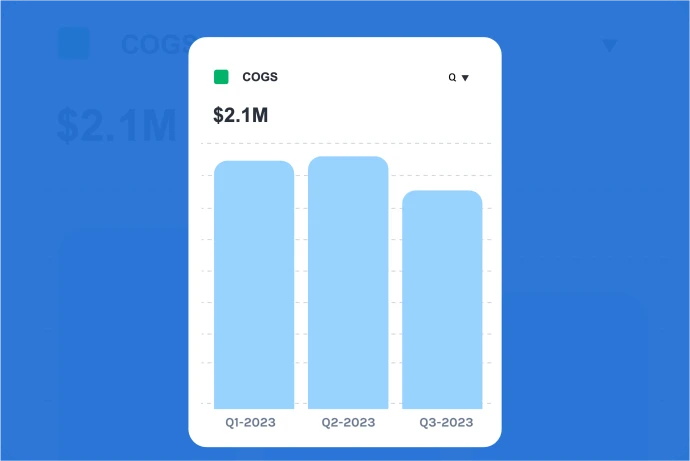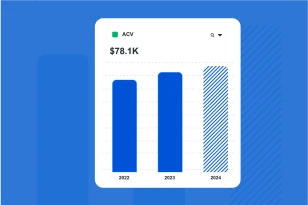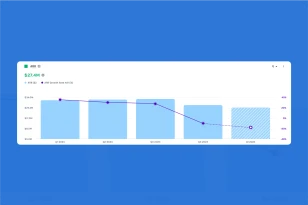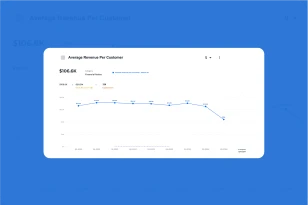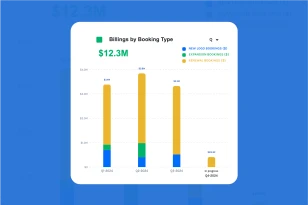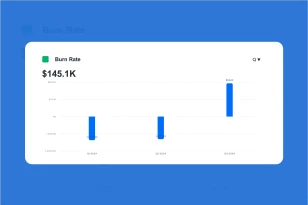What is COGS?
COGS, or Cost of Goods Sold, is a fundamental financial metric that represents the direct costs associated with producing or purchasing the goods that a company sells during a specific period. These costs include expenses directly tied to the production or procurement of products, such as raw materials, labor, and manufacturing overhead.
Why is it Important to Measure COGS?
Measuring COGS is essential for understanding the profitability of a company’s core operations. It allows businesses to assess the cost efficiency of their production processes and provides a clear picture of the direct expenses incurred in delivering products to customers. COGS is a critical component in calculating the gross profit margin, a key indicator of a company’s ability to generate profit from its core business activities.
How To Improve COGS
Improving COGS involves optimizing the efficiency of the production or procurement process to reduce the direct costs associated with goods sold. Some strategies to lower COGS include
Optimize Infrastructure Costs:
- Cloud Optimization: If your SaaS relies on cloud services, regularly assess and optimize your cloud infrastructure usage. Choose the right pricing plans, use reserved instances, and implement auto-scaling to match resources with demand.
- Server Efficiency: Optimize the performance of your servers and databases to use resources efficiently. Consider technologies like containerization and orchestration (e.g., Docker, Kubernetes) for better resource utilization.
Efficient Software Development:
- Code Efficiency: Write efficient and optimized code to reduce the load on servers and infrastructure. Regularly review and refactor code to eliminate inefficiencies.
- Development Tools: Invest in tools and technologies that improve the efficiency of your development process, speeding up the time it takes to deliver new features and updates.
Data Transfer Optimization:
- Content Delivery Networks (CDNs): Utilize CDNs to distribute content closer to end-users, reducing the costs associated with data transfer.
- Compression Techniques: Implement data compression techniques to minimize the amount of data transferred between servers and users.
Licensing and Third-Party Costs:
- Negotiate Licensing Fees: Review and negotiate licensing agreements with third-party software providers to ensure that you are getting the best possible terms.
- Evaluate Alternatives: Explore alternative solutions or open-source alternatives that can provide similar functionality without the associated licensing costs.
Customer Support Efficiency:
- Self-Service Options: Implement self-service options and comprehensive documentation to reduce the load on customer support.
- Automation: Use automation tools to handle routine support tasks and streamline support workflows.
